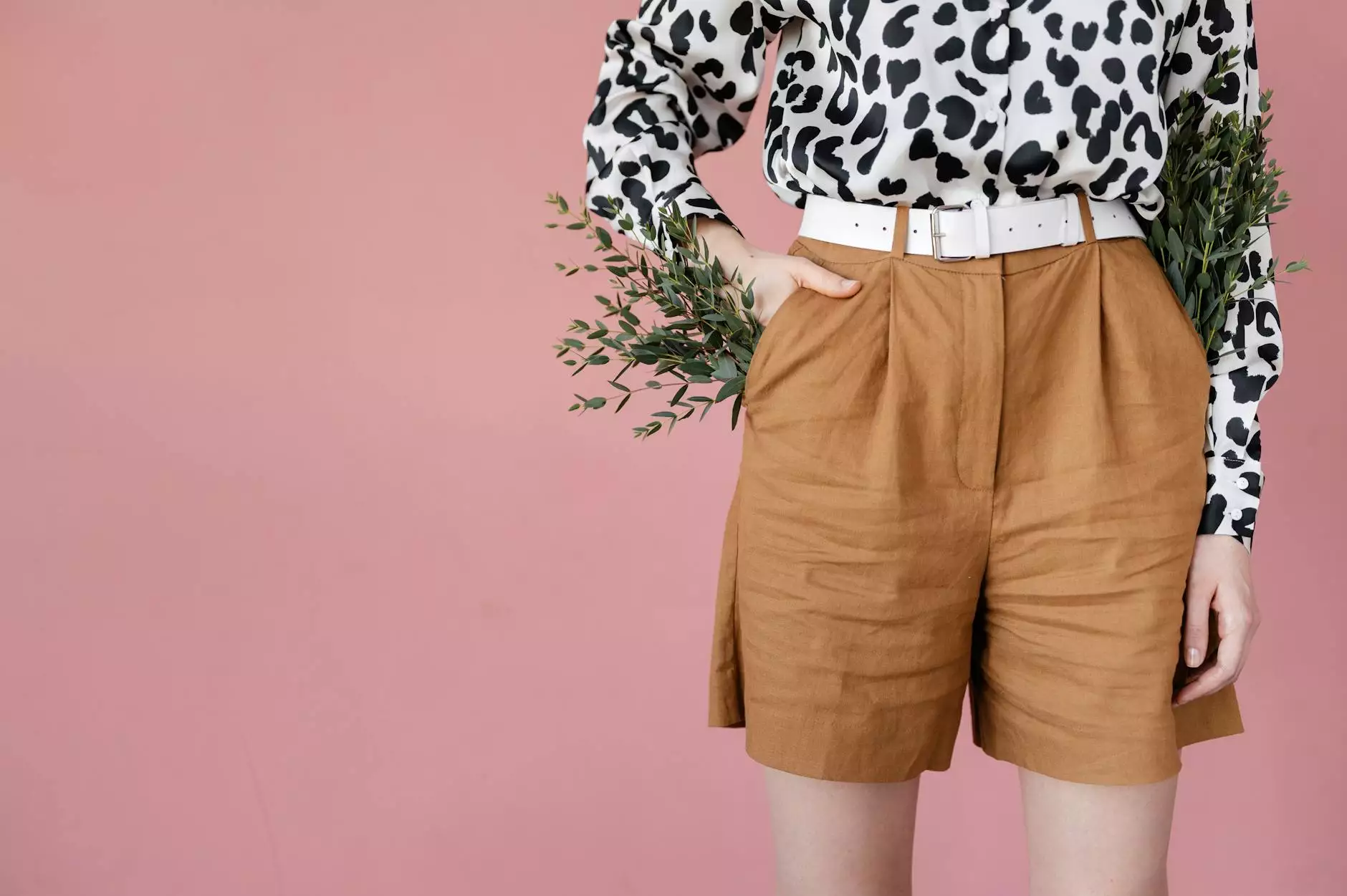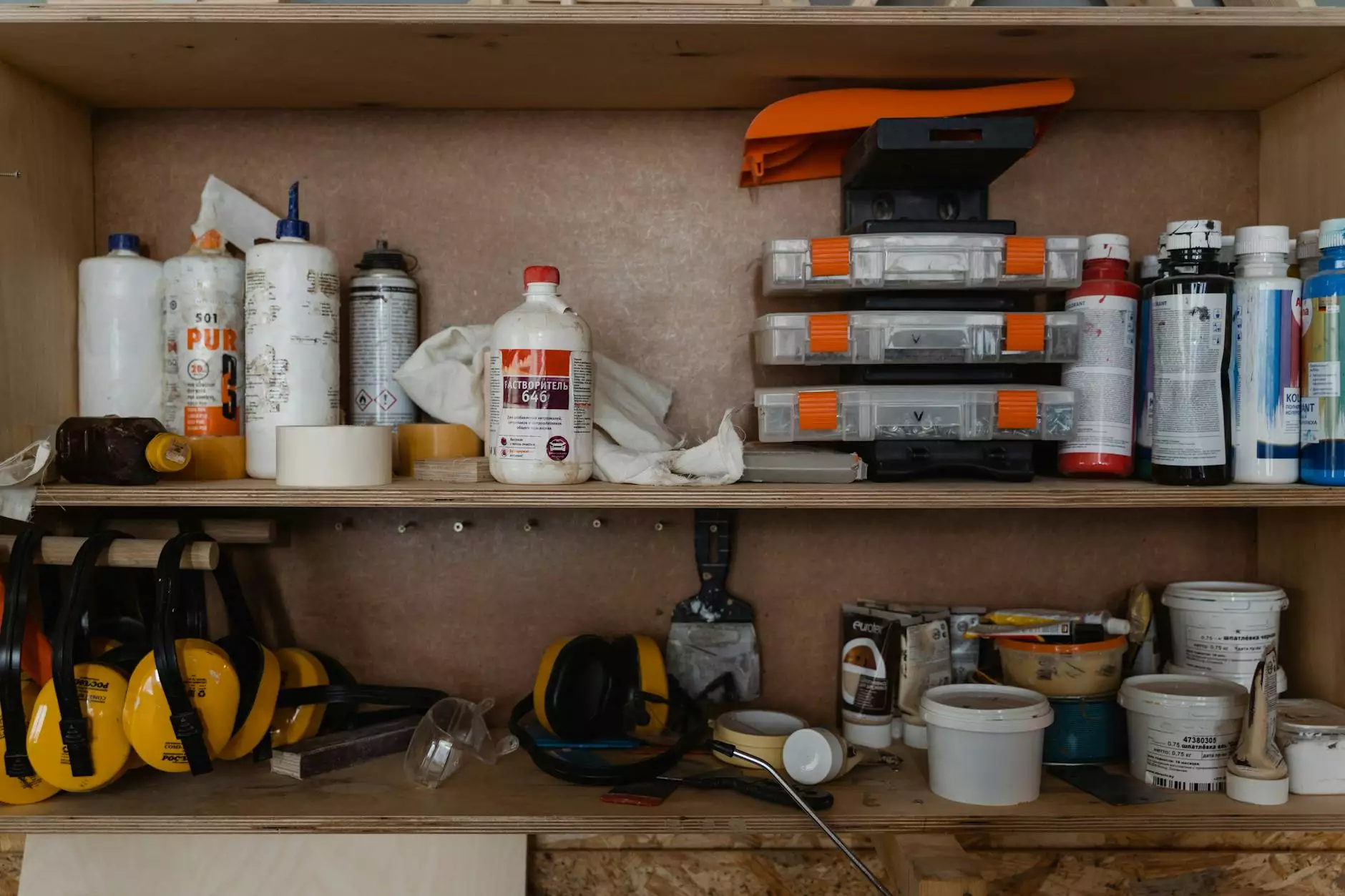The Ultimate Guide to Leopard Gecko Pets

Leopard geckos have emerged as one of the most popular reptile pets among enthusiasts and families alike. This intriguing species, known scientifically as Eublepharis macularius, offers a unique combination of captivating characteristics, simple care requirements, and gentle temperament, making them ideal for both novice and experienced reptile keepers. The following article will explore everything you need to know about leopard gecko pets, including their characteristics, care, and how to find a reputable source for adoption or purchase.
Understanding Leopard Geckos
Before diving into the specifics of care and adoption, it’s essential to understand the leopard gecko and what makes these reptiles special. Here are some important characteristics:
- Physical Appearance: Leopard geckos come in a variety of colors and patterns, from the classic yellow and black to more exotic morphs. Their distinct skin is covered in small, soft scales, and they have a flat body with short legs.
- Behavior: Unlike some other gecko species, leopard geckos are primarily nocturnal, making them active during the night. They are also known for their gentle and friendly nature, often enjoying human interaction.
- Size: Adult leopard geckos typically reach lengths of 7 to 10 inches, with females generally being smaller than males.
- Lifespan: With proper care, leopard geckos can live for 15 to 20 years, making them a long-term commitment for pet owners.
Care and Maintenance of Leopard Gecko Pets
Caring for a leopard gecko is relatively simple compared to other reptiles, but specific requirements must be met to ensure their health and happiness.
Housing Requirements
Creating an appropriate habitat is crucial for your leopard gecko’s well-being. Here are the key elements to consider:
- Enclosure Size: A 20-gallon tank is sufficient for one adult leopard gecko, but larger enclosures are recommended if you plan to house multiple geckos. Vertical space is not as crucial as floor space for these ground-dwelling reptiles.
- Substrate: Choose a suitable substrate that allows for easy cleaning and digestion. Options include paper towels, reptile carpet, or tile. Avoid loose substrates, such as sand, which can lead to impaction.
- Hiding Places: Provide at least two hiding spots — one for a warm area and one for a cool area. These can be made from commercially available hides or even simple household items.
- Temperature and Lighting: Maintain a gradient from 75°F (24°C) on the cool side to 90°F (32°C) on the warm side. Use under-tank heating pads for heat and a low-wattage bulb for light, but be sure to provide dark hideouts for comfort.
Dietary Needs
Feeding your leopard gecko a balanced diet is vital for their health. A proper diet consists of:
- Insects: Leopard geckos primarily eat live insects like crickets, mealworms, and roaches. Ensure the insects are appropriately sized — no larger than the width of the gecko’s head.
- Supplements: Dust the insects with calcium powder and a multivitamin supplement at least twice a week to prevent nutritional deficiencies.
- Hydration: Always provide fresh water in a shallow dish. Geckos also receive moisture from their prey, so their diet contributes to overall hydration.
Health and Veterinary Care
Regular check-ups and observing your gecko's behavior can help catch health issues early. Look for signs of:
- Weight Loss: Sudden weight loss can indicate health problems.
- Shedding Issues: Incomplete shedding can lead to skin problems; humid hides can help with this.
- Bloated Abdomen: This may indicate impaction or other digestive issues.
Consult a vet specializing in reptiles if you notice any concerning signs to ensure your leopard gecko stays healthy.
Adopting a Leopard Gecko
If you’re considering adding a leopard gecko to your family, there are several avenues to explore for adoption:
Pet Adoption Organizations
Many reptile rescue organizations and shelters focus on rehoming leopard geckos. Benefits of adopting include:
- Cost-effectiveness: Adoption fees are often lower than purchasing from breeders or shops.
- Saving a Life: Adopting helps give a leopard gecko a second chance, especially those in need of a loving home.
Reputable Breeders
Choosing a reliable breeder ensures you receive a healthy gecko with a solid genetic background. Look for:
- References and Reviews: Seek breeders with positive feedback from previous customers.
- Health Guarantees: Reputable breeders should provide health guarantees, ensuring you receive a healthy pet.
- Transparency: A good breeder will be open to your questions about care and genetics, contributing to a better understanding of your future pet.
Specialized Reptile Shops
Local or online reptile shops often stock leopard geckos. When purchasing from stores, ensure:
- Clean Environment: Visit the shop to inspect the setting where the geckos are housed. A clean, spacious environment is essential for the animals' well-being.
- Knowledgeable Staff: Staff should provide adequate care information and help you make an informed purchase.
Conclusion
In conclusion, leopard gecko pets are fascinating companions that can thrive in a proper environment with attentive care. Whether you choose to adopt from a rescue, purchase from a reputable breeder, or visit a specialized reptile shop, these charming reptiles offer endless joy and companionship. By understanding their habitat needs, dietary requirements, and health considerations, you set yourself up for a fulfilling experience with your new pet. Explore the world of leopard geckos and enjoy the journey of reptile companionship!
Further Resources
If you’re looking for additional information or specific resources, check out the following:
- Pet Adoption
- Pet Breeders
- Reptile Shops
For more insights and tips on leopard gecko pets, stay tuned to our website.









